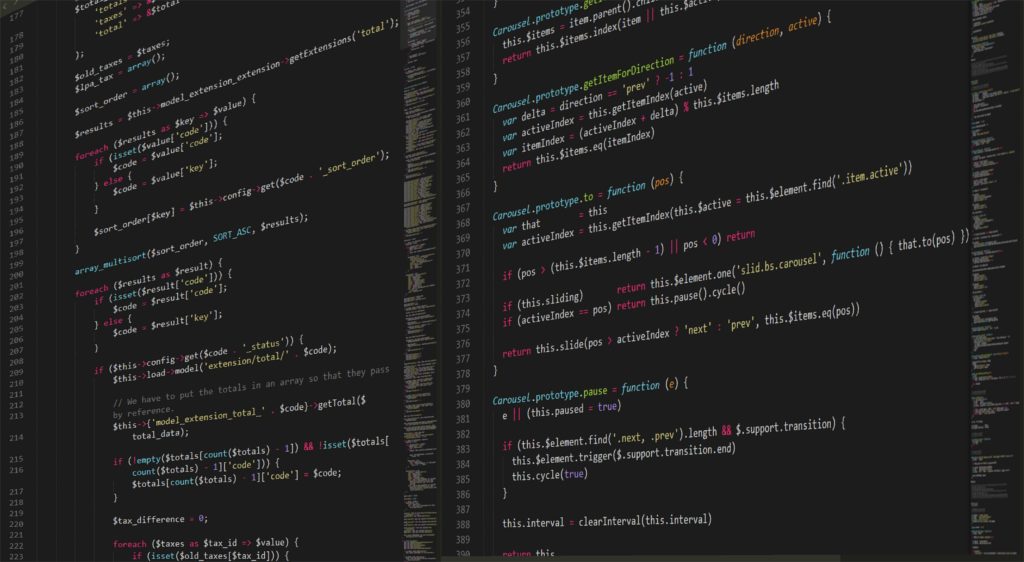Editor’s Note: The following article is part of a new series of guest articles on StartUp Beat by experts on startups/entrepreneurship who have something to say about any and all things related to the technology startup world. This article is not a sponsor post and the writer has not paid for space on StartUp Beat. This series is intended to serve as a point of discussion and consideration of issues that affect the technology startup sector.
By Laura A. Schoppe
 Laura A. Schoppe is president of Fuentek, LLC, a consulting firm she established in 2001 that provides intellectual property and technology transfer services with a specialization in technology commercialization. Fuentek: www.fuentek.com.
Laura A. Schoppe is president of Fuentek, LLC, a consulting firm she established in 2001 that provides intellectual property and technology transfer services with a specialization in technology commercialization. Fuentek: www.fuentek.com.
“Crowdsourcing” is a trendy term these days, and like all trends, has its positive and negative aspects. Although trendy terms tend to take on several meanings, the ones I’m referring to are web-based systems where organizations with a technical need (seekers) can post their problem (challenge) and allow “the crowd” (solvers) to offer up their ideas for a solution. It is basically the open innovation or “spin-in” equivalent of posting technology licensing opportunities on your organization’s website or through online services to achieve “spin-out” success.
As an example, the Defense Advanced Research Projects Agency (DARPA) recently experimented successfully with crowdsourcing to develop a new combat support vehicle. In this case, innovation from solvers allowed a company called Local Motors in Arizona to select the best out of 162 designs submitted through crowdsourcing, and then build the vehicle in only 14 weeks. Victor Garcia (the solver) received $7,500 for his Flypmode design, and Local Motors (the service provider) received about $350,000 from DARPA (the seeker) for the project.
Other crowdsourcing successes exist but they are not always as simple as stories such as this would suggest. For example, crowdsourcing may provide a low-cost means for your startup to get its technology (or need) “out there” in the hopes that someone looking for (or offering) a technical solution will find your posting and connect with you. However, crowdsourcing comes with a cost and can have significant limitations.
Hidden Issues Affect Both Solvers and Seekers
While crowdsourcing can provide inventors with a way to take their research or discovery to the next level, there are hidden issues that affect both the solver and the seeker.
The most likely solvers to participate are individuals, who may not have the right expertise or industry knowledge to create relevant or commercially viable solutions for the seeker. And yet, the seeker still has to read through all those submissions to find if there is a single gem in the lot.
If any further development is needed to prove a technology or ensure its commercial potential, an individual solver is less likely to have the resources to provide this value to the seeker.
The solver is asked to warrant ownership of the idea, and few individual solvers will have the capacity required to see if intellectual property (IP) rights such as patents or industrial design rights already exist. So the idea may be an infringement and the solution unusable unless the seeker incurs the additional costs of analyzing that IP landscape and possibly obtain a license for the prior invention.
Few solvers will hire a lawyer to review the terms of the contract they must sign before submitting their idea, with the result that they may later sue the seeker—either because the seeker makes significantly more from their idea than the solver received in compensation or because their idea was not selected but they think the seeker has implemented a version of their idea. Therefore the seeker risks being the target of frivolous lawsuits, which can be expensive and can cause a public relations nightmare.
Solvers contribute their time and creativity without adequate compensation and are the least protected in the crowdsourcing arrangement. There is no room for negotiation or additional compensation for the solver who has invested in the solution. For instance, one solver has an idea but no patent, while a second solver has an idea with a patent in which he has already invested $15K, yet both will get the same award and lose all rights to the intellectual property.
What About Crowdsourcing Services?
To offset some of these limitations of the crowdsourcing model, we are seeing the rise of crowdsourcing service companies such as InnoCentive or yet2.com, which bring buyers and sellers of technologies together and enable organizations to solve their key problems by connecting them to the worldwide solver marketplace.
The seeker is typically paying a significant fee for the service and they are the crowdsourcing company’s client; therefore, all terms are set up to be in the seeker’s favor. If your startup is participating in crowdsourcing as a seeker, this might sound like good news. Yet the reality remains that for this primarily passive approach to innovation to be implemented, the seeker either has to commit significant internal resources to filtering through all of the responses and vetting their IP status and viability, or pay one of these crowd sourcing services (usually well into the six figures) to do it for them.
Organizations seldom factor in all of the cost aspects of the crowdsourcing model because anything posted on the web seems free. For out-of-pocket expense, there are several layers of payment to the service providers. In addition to the setup costs, there are fees for each challenge the seeker posts, a fee for a solution having been found, and the prize due to the solver (sadly, this is usually the smallest cost of all). And don’t forget one of the biggest expenses—either as a fee to the service provider or internal man-hours—of sifting through and analyzing the submitted solutions. Plus additional investment is almost always needed to further develop, implement and commercialize the solution, if found.
Put simply, crowdsourcing may not be all the hype is telling us it is. Often the same solution or a better one would have been reached—likely at a lower cost to the seeker—through traditional licensing and partnership mechanisms by proactively seeking organizations working on similar issues, though not necessarily in the same industry. Plus, a contractual relationship pays the solver better for a solution, provides the resources to create a relevant solution, and protects IP as well. In these cases, the seeker is more likely to be working with companies that understand contracts and the cost of doing business. Furthermore, these companies are more likely to have the multi-disciplined expertise to provide a more integrated and complete solution.
Analyze the real costs and calculate your return on investment for crowdsourcing before you go that route. Despite being trendy, make sure that it is as cost-effective as a targeted, strategic, proactive approach to finding sources of external technology solutions. And if your startup has a solution to a technical challenge, there are ways to get your invention into the hands of those that need it without short-changing yourself.











